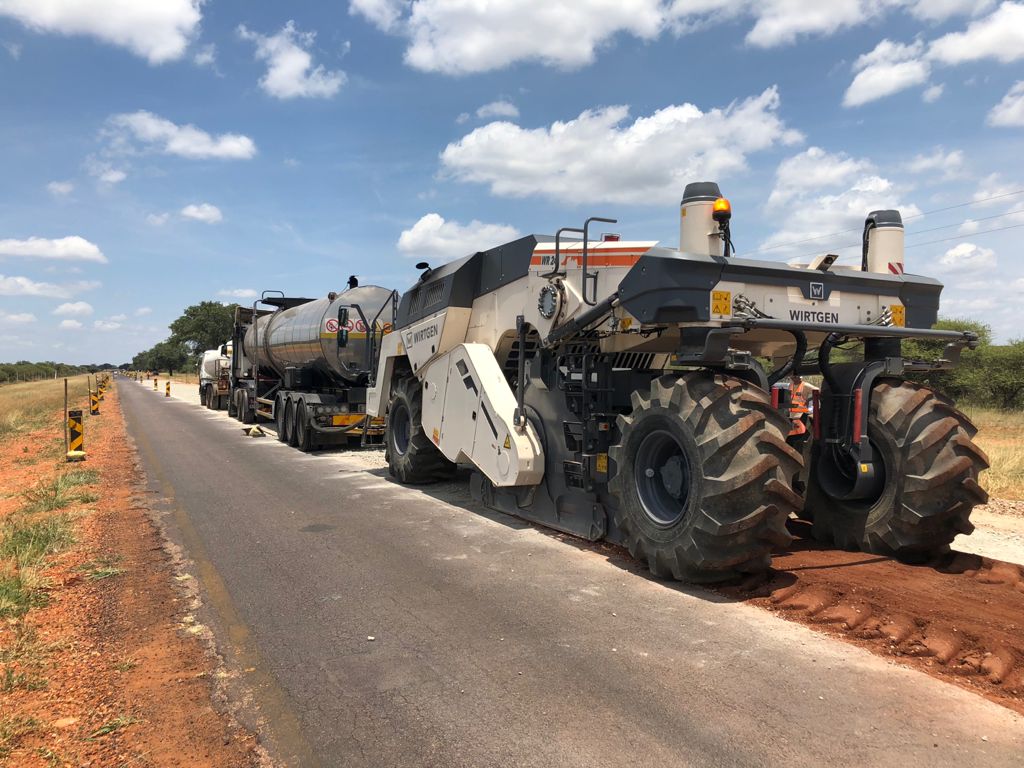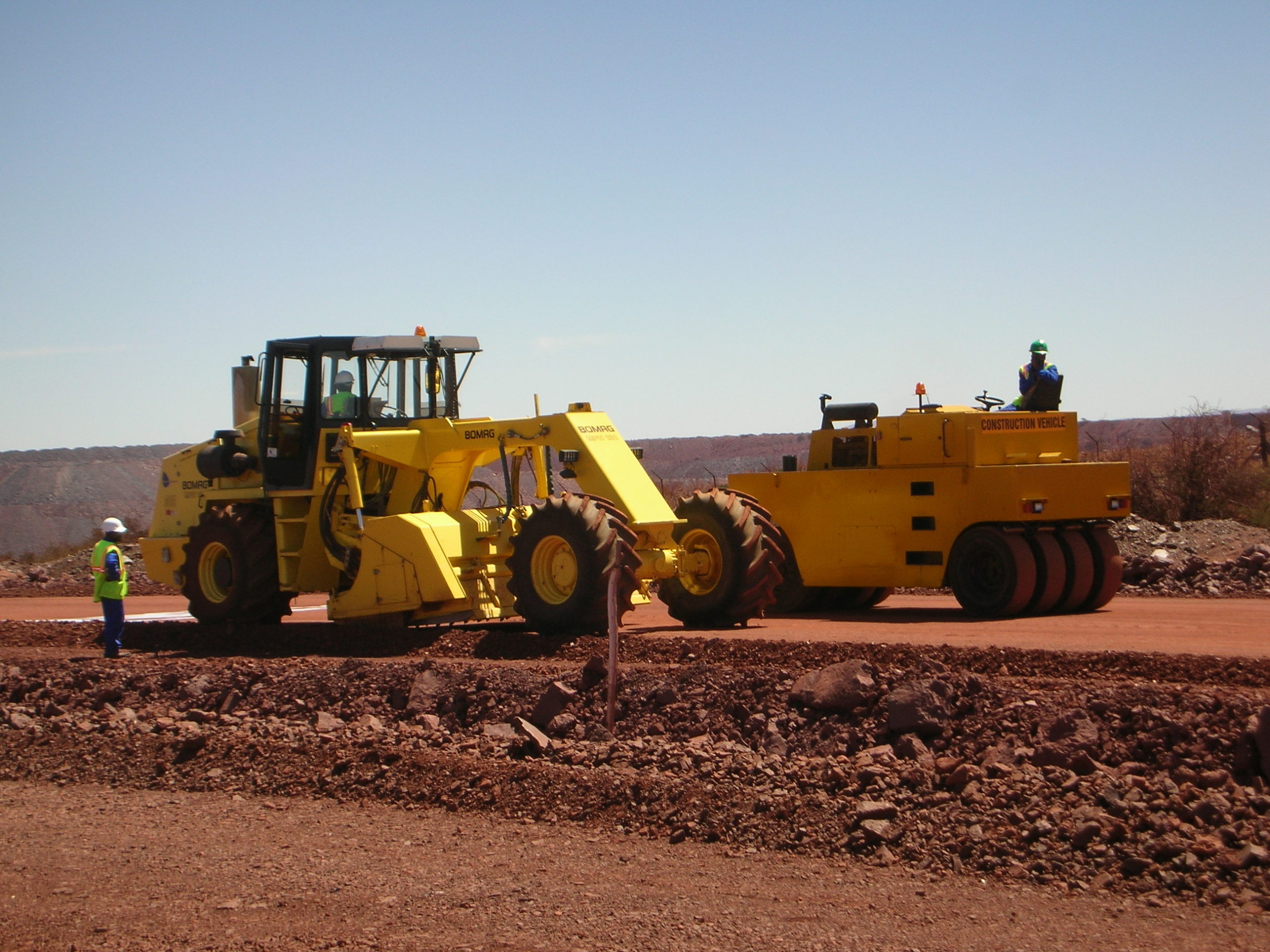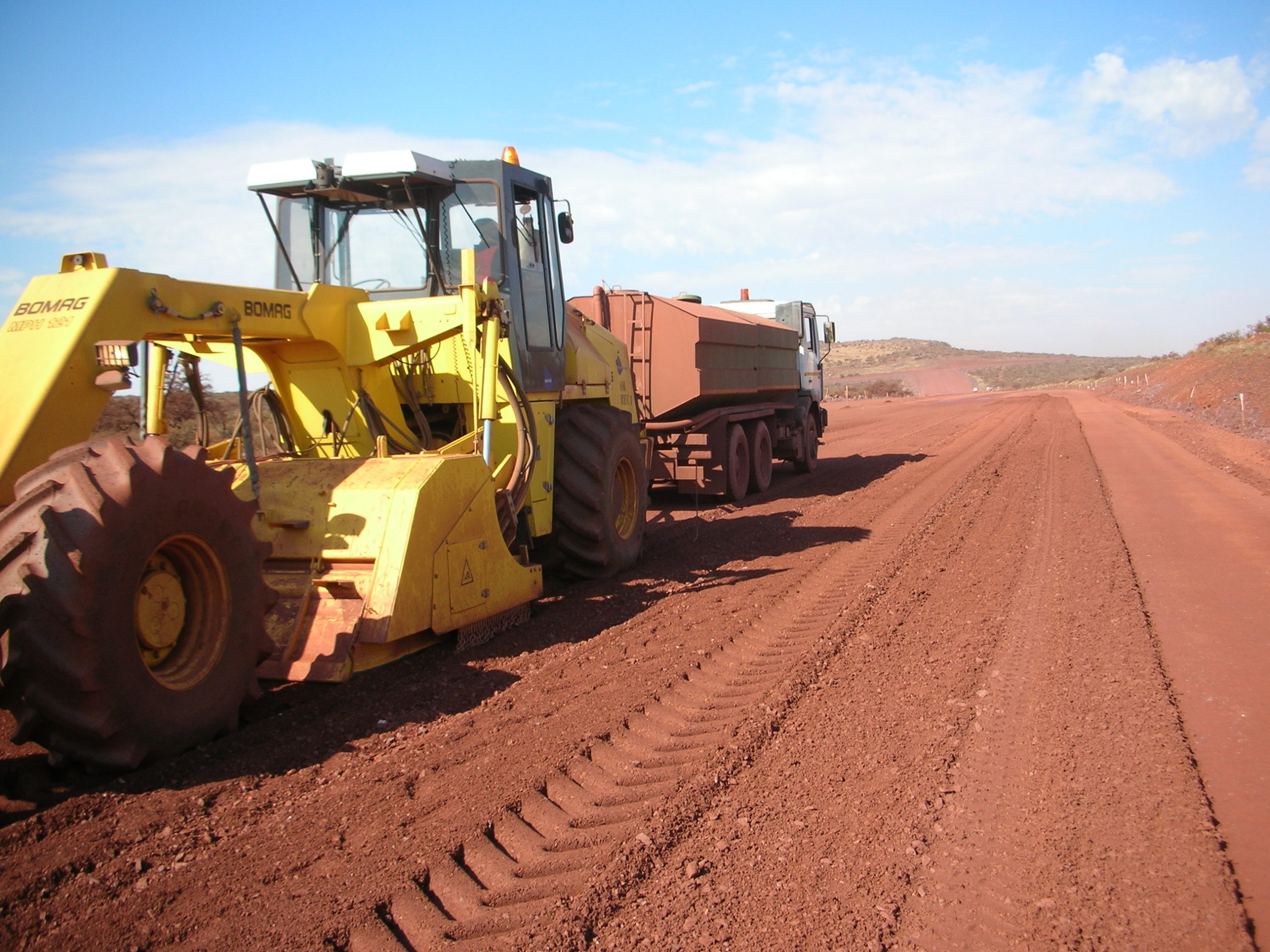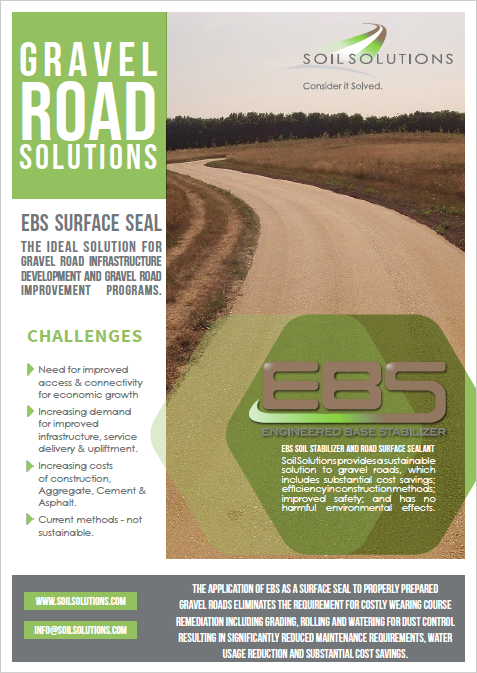
Sub-standard Soil Stabilization

Sub-standard soil stabilization: Introducing our alternative technology to the traditional stabilization method of using cement or bituminous products for the stabilization of sub-standard materials as a sub-base or base course for road construction. There is an ongoing shortage of bitumen and refineries are continuing to shut down and the environmental impact of using these types of products is growing substantially. There is an alternative that is likely to achieve the desired equivalent material strength of at least a BSM1 material while remaining more flexible, but with inherent strength (friction angle and cohesion improved).
We at Soil Solutions understand the importance of sub-standard Gravel Material Stabilization and what negative effect Cement and Bituminous products, availability and price, has on the road construction industry.
Soil Solutions delivers a Positive Impact Solution (EBS) as an alternative stabilizer with similar if not increased Tensile strength, Flexibility (Elasticity), Durability, and Water Resistance.

Chemical stabilization with nano modified emulsions:
The use of chemical stabilizers or nano modified emulsions to improve in-situ or imported materials is a realistic feasible alternative. The main objective of chemical stabilization is to enhance the suitability of locally available natural gravels for pavement construction, thereby avoiding the need to import other materials.

- increased strength or stability
- improved load-spreading capability
- increased resistance to erosion
- reduced sensitivity to moisture changes
- improved workability of clayey materials
MORE ABOUT ROAD STABILISATION
When chemical stabilization or modification of in-situ soils is considered as the most economical or feasible alternate, the selection of the stabilizer is based on the plasticity and particle size distribution of the material to be treated determined by testing in an accredited laboratory.
Use of Nano-Modified Emulsions (NME)
Engineered Base Stabilizer (EBS) supplied by Soil Solutions is a nano-modified emulsion.
Extensive laboratory results conclude that NME materials perform significantly superior to standard bituminous materials, which may have direct implications for improved cost-effective pavement design alternatives.

The use of such technology may also minimize the practice of hauling new materials to site, as well as provide a more sustainable and environmentally friendly alternative to conventional modification and construction techniques. The costs associated with transportation and production of good quality materials are therefore predominantly annulled, leading to cheaper and greener construction of roads, without cutting back on the quality or workability of the provisioned road infrastructure.
Extensive laboratory testing has shown that using Engineered Base Stabilizer (EBS), a nano modified emulsion, mixed in as a stabilizer shows promise to perform like better quality BSM1 and BSM2 material, therefore more flexible, but with inherent strength (friction angle and cohesion improved).
The EBS stabilization is likely to achieve the desired equivalent material strength of at least a BSM1 or C3/2 or that of a G2/1 material equivalent.
Benefits of stabilization with nano modified emulsions:
- Reduced risk of cracking
- Improved performances
- Required bearing capacity is obtained in a relatively short time using low percentages of the stabilisation agent
- Enables the cost-effective use of locally available materials at a low risk
- Improved resistance to water damage
- Ease of construction
Challenges of Cement Stabilization:
- High propensity for the formation of closely spaced stabilisation cracks
- Traffic must be kept off until suitably sealed
- Proper curing can be problematic especially with basic crystalline material
Challenges of Bitumen Stabilization:
- Requires heating for application
- May require priming before application
- Allows for pothole formation when the surface is damaged
- Requires special equipment
- Toxic fumes from bitumen pose health risks to labourers

LOGIN / REGISTER
![]()
Stay Connected














